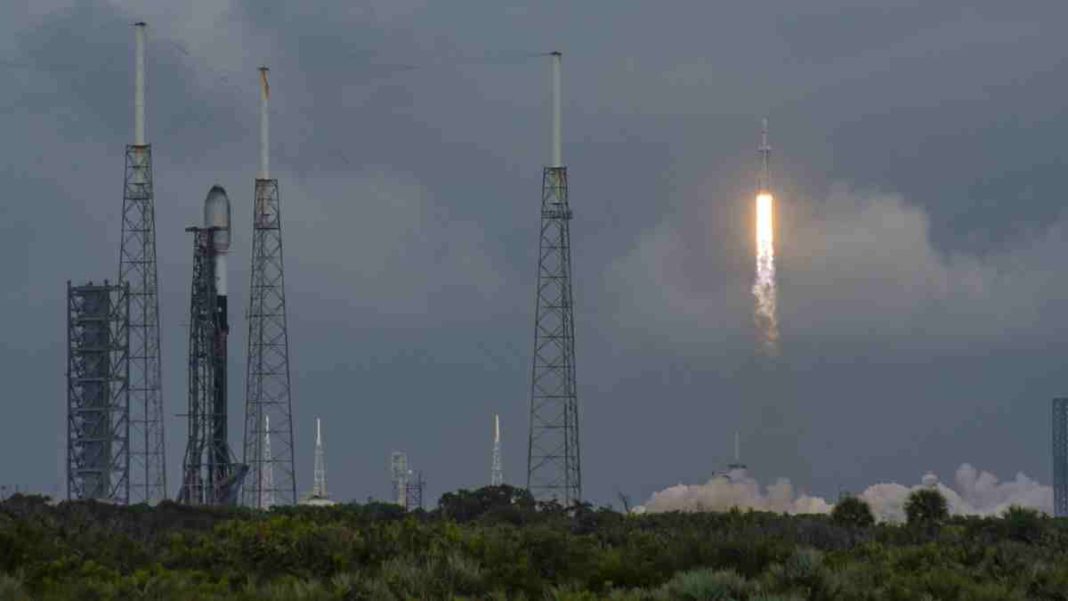UNITED STATES: SpaceX is gearing up to dispatch a cluster of groundbreaking science experiments to the International Space Station (ISS). These experiments span a diverse range of subjects, encompassing high-speed laser communications to the study of rolling atmospheric waves on Earth.
A SpaceX Falcon 9 rocket will carry the unmanned Dragon spacecraft on the highly anticipated CRS-29 cargo mission. The launch is slated no earlier than November 5, and comprehensive coverage will be accessible through NASA Television.
A standout among the experiments is the laser venture dubbed ILLUMA-T (“Integrated LCRD Low-Earth-Orbit User Modem and Amplifier Terminal”), designed to enhance ISS communications and lay the groundwork for upcoming deep space missions.
ILLUMA-T represents the final component required to transmit data through NASA’s Laser Communications Relay Demonstration (LCRD) satellite launched in 2021. Once operational, the satellite will relay data to optical ground stations in Hawaii and California.
NASA’s Jason Mitchell emphasized the escalating data demands of future missions, asserting, “We all understand that more data means more discoveries.”
Mitchell serves as the director of the advanced communications and navigation technologies division at NASA’s space communication and navigation program, which is backing ILLUMA-T.
While not the inaugural laser demonstration in space, it will mark the premier two-way laser communications relay.
This innovation, harnessing infrared light, is anticipated to expedite the transmission of videos and images. NASA anticipates this advancement will bolster scientific endeavours over extensive distances, particularly during missions to the moon and Mars.
Glenn Jackson, acting project manager for ILLUMA-T at NASA’s Goddard Space Flight Center, explained the monumental challenge of precisely pointing the laser system from the swiftly orbiting ISS. He drew an analogy to a classroom scenario, elucidating how even small Earth lasers encounter challenges in maintaining a steady point.
The ILLUMA-T system’s compactness and reduced mass compared to traditional radio equipment present substantial advantages.
This efficiency allows for additional science payloads or fuel on forthcoming missions. Moreover, it consumes less power, providing more resources for instruments drawing from the spacecraft’s battery.
Furthermore, the optical spectrum’s less stringent regulations facilitate acquiring the necessary spectrum for launch, a stark contrast to radio frequencies.
This promising technology endeavours to minimize risks and expand laser communications across the solar system as it matures.
NASA’s Artemis 2 crew, slated to circumnavigate the moon in 2024, plans to debut its own optical communications system, ushering in a new era of lunar laser communications.
A consortium of partners is spearheading this groundbreaking experiment, with NASA Goddard at the helm, in collaboration with NASA Johnson and the Massachusetts Institute of Technology (MIT) Lincoln Laboratory in Lexington, Massachusetts.
Also Read: NASA to Develop a Nuclear-Powered Lander for Titan



